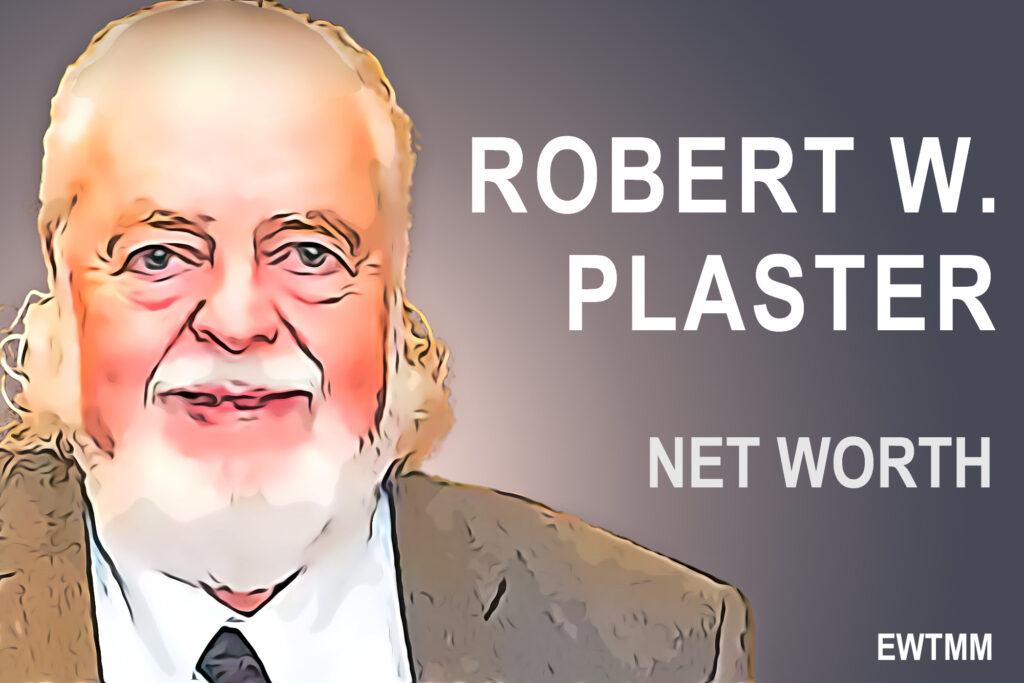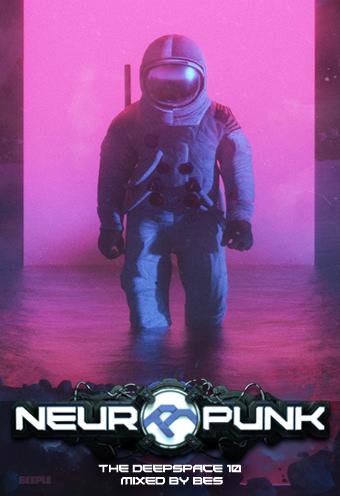
Despite the drafting of UN resolutions for the peaceful uses of outer space, anti-satellite weapons have been tested in Earth orbit. This treaty precludes any claims of national sovereignty and permits all states to freely explore outer space. The framework for international space law was established by the Outer Space Treaty, which entered into force on 10 October 1967. Certain portions of the upper stratosphere and the mesosphere are sometimes referred to as "near space". The Kármán line, an altitude of 100 km (62 mi) above sea level, is conventionally used as the start of outer space in space treaties and for aerospace records keeping. Outer space does not begin at a definite altitude above Earth's surface. Most of the remaining mass-energy in the observable universe is made up of an unknown form, dubbed dark matter and dark energy. Intergalactic space takes up most of the volume of the universe, but even galaxies and star systems consist almost entirely of empty space. Local concentrations of matter have condensed into stars and galaxies. The plasma between galaxies is thought to account for about half of the baryonic (ordinary) matter in the universe, having a number density of less than one hydrogen atom per cubic metre and a kinetic temperature of millions of kelvins. The baseline temperature of outer space, as set by the background radiation from the Big Bang, is 2.7 kelvins (−270 ☌ −455 ☏). Outer space is not completely empty it is a near-perfect vacuum containing a low density of particles, predominantly a plasma of hydrogen and helium as well as electromagnetic radiation, magnetic fields, neutrinos, dust, and cosmic rays. Outer space, commonly referred to simply as space, is the expanse that exists beyond Earth and its atmosphere and between celestial bodies. The layers of the atmosphere are drawn to scale, whereas objects within them, such as the International Space Station, are not. The Kármán line at an altitude of 100 km (62 mi) is shown. Plaster Foundation which is dedicated to helping students by funding projects for colleges and universities.The interface between Earth's surface and outer space. To that end, in 1983 he established the Robert W.


#Deepspace robert plaster free#
He co-founded and actively supported Enactus, at that time known as Students in Free Enterprise, and according to the foundation’s website, “after achieving financial success he felt very strongly that he wanted to help open educational opportunities for young people, particularly in southwest Missouri and the surrounding region, to give them a better educational start than he was able to have. It was at this time Plaster truly began showing his commitment to enterprise. Plaster sold Empire Gas in 1996 and founded Evergreen Investments. Treasury Department and a Liquid Propane gas corporation, but Plaster eventually started his own LP gas company in 1963 called Empire Gas Corporation, which became “one of the largest retail LP gas distributors in the United States and was listed on the New York Stock Exchange.”
#Deepspace robert plaster full#
He attended Joplin Junior College, but after three semesters had to leave to work full time because he could no longer afford tuition. His life was one of hard work and defying odds. Plaster Foundation website, Plaster hails from the small Missouri town of Neosho. Plaster Free Enterprise and Research Center. Then on September 20, UMKC broke ground on a new engineering building, which would be called The Robert W.

18 that three donations would launch the construction of a new business school, set to be called the Robert W.

Plaster’s commitment to helping students. During the last week, two local universities have reminded Kansas City of Robert W.


 0 kommentar(er)
0 kommentar(er)
